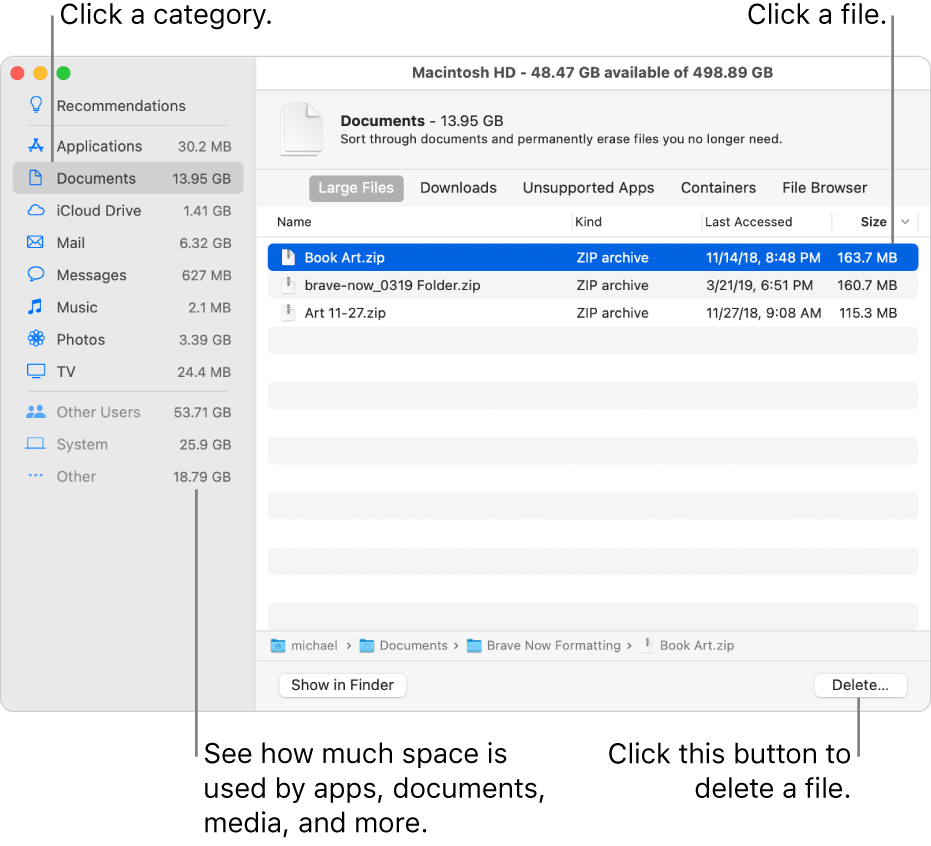

Most of these apps and processes do an entirely respectable job, but two cloning utilities-Shirt Pocket’s $28 SuperDuper and Bombich Software’s $40 Carbon Copy Cloner-stand above the rest. (You can see a list in the online appendix to my book Take Control of Backing Up Your Mac.) It’s also possible (if not especially convenient) to clone a drive using Disk Utility or by using the diskutil command in Terminal. More than two dozen third-party backup apps can make bootable duplicates. (For more details, read Mike Bombich’s article What makes a volume bootable?) All this is best done with a utility designed expressly for cloning. And, crucially, the System folder (/System) on the backup drive must be “blessed,” which entails recording its physical location on the drive in a special portion of the drive’s hidden HFS Volume Header. Symbolic links (Unix-based file references that function like Mac aliases) must be recreated correctly. Every file on your drive-including thousands of hidden files-must be copied just so, with permissions and other metadata intact.

Unfortunately, you can’t make a clone merely by copying files from your startup volume to an external drive in the Finder. (Your Mac’s built-in OS X Recovery features include Disk Utility, but sometimes you need a drive-repair app with more oomph.) Finally, having a clone is essential when upgrading to a new version of OS X, because it gives you the option to easily revert to your previous system (by erasing your upgraded-OS drive and then restoring from the clone) if compatibility problems arise. By contrast, even though Time Machine also backs up every file on your drive, restoring all those files to a new drive takes hours (or possibly days) restoring an entire drive from an online backup service takes even longer.Ī clone also comes in handy for troubleshooting, because you can use it to run third-party utilities on your ailing drive. A few moments later, you’re back up and running-and you can then repair (or replace) your main startup drive more or less at your leisure. You simply attach your clone drive, restart while holding down the Option key, select the clone drive in OS X’s Startup Manager, and press Return. What a clone offers that the likes of Time Machine and CrashPlan do not is immediate recovery: You can get back to work almost instantly after a drive crash or other severe problem with your startup volume. (To learn more about designing a solid backup strategy, see Backup basics: The quick, something-is-better-than-nothing backup system and Bulletproof backups: When you absolutely can’t lose any data.) And if you want the security of off-site backups without having to physically move drives around, an online backup provider such as CrashPlan is a good option.īut while both these forms of backup serve important purposes, I also recommend maintaining a clone (also known as a bootable duplicate)-a complete, identical copy of your startup volume, stored on an external drive in such a way that you can boot your Mac from it if necessary. Tools such as Apple’s Time Machine, included as part of OS X, make it easy to store multiple versions of every file from your computer on an external drive or an AirPort Time Capsule. Good backups are essential for every Mac user.


 0 kommentar(er)
0 kommentar(er)
